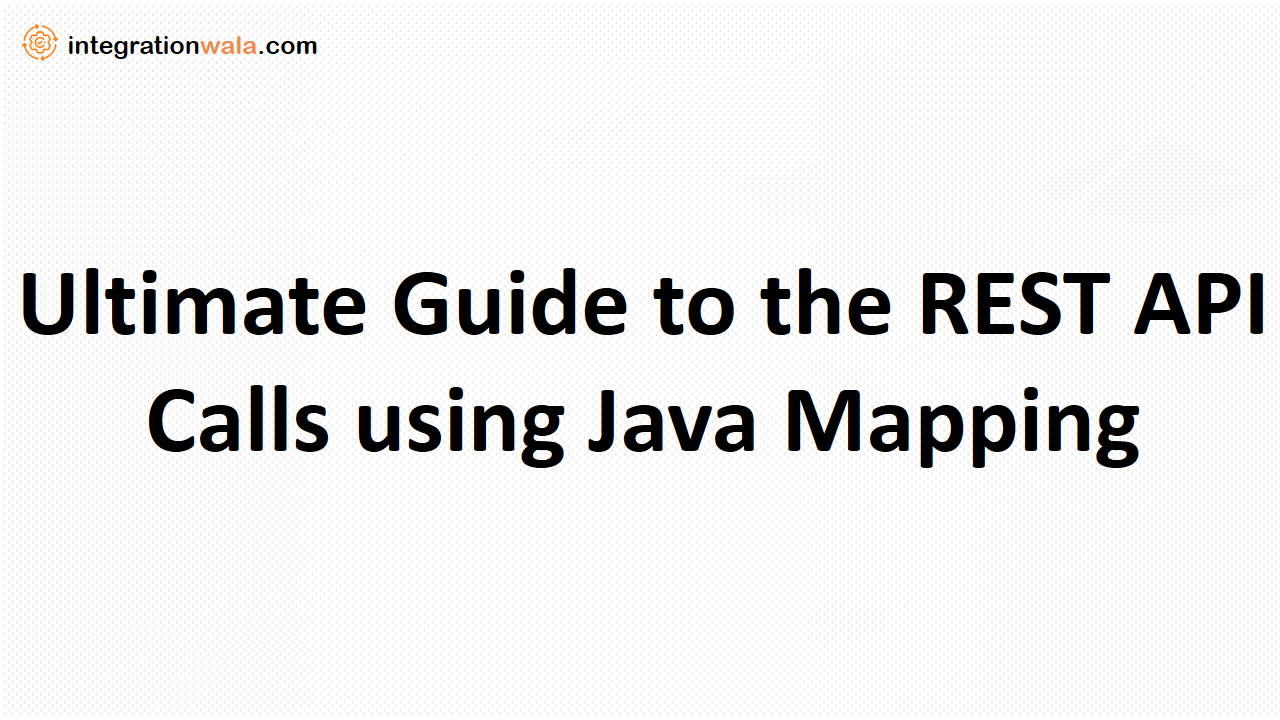Basic Components of SAP PI/PO
System Landscape Directory
Before you can develop anything, you must achieve proficiency in certain areas of SAP. First, you need to learn about the SLD (System Landscape Directory). This is where all the components, all your systems and landscapes are registered. It is the place where you create and define Software Component Versions to be used in your development work. Software Component Versions are also connected to Technical Systems in the SLD.
You need to know what’s in your landscape, what kinds of systems exist, and how they relate to one another. You have to know all about Business Systems, Technical Systems, Products, and Software Component Versions.
Enterprise Service Repository
The Enterprise Services Repository contains a lot of different components. All development starts with Software Component Versions, which are imported from the SLD.
Next, Namespaces need to be created. This is where you can place your development. Namespaces can be either HTTP (Hypertext Transfer Protocol) or URN (Uniform Resource Name), e.g. http://xyz.com/pi/invoice or urn::xyz-com:pi:invoice. The two types provide an easy method of separating the namespaces that were created; this way you can make sure that the development work done for different scenarios gets placed differently, therefore making it easier for you to find what you’re looking for.
The next step is to find the place where Development Objects are stored, therefore Service Interfaces need to be created. These are the interfaces that clients are able to call. Operations can be done in these interfaces, e.g. SOAP operations, in case of which you have to create operations under each scenario. You can expose more things in one Service Interface. For all development, you need to use Service Interfaces for both the sending and the receiving party.
The next step consists of creating Data Types. They can be created using several methods. The Message Interface contains Data Types defined in the PI system – this is the generally accepted approach to development if you have to define the data in the PI system. On the other hand, XSD/WSDL can also be used to define Data Types.
The next stop is Operation Mappings – you have to get from one Service Interface operation to the other. You can select what type of mappings you want to use – XSLT (Extensible Stylesheet Language Transformations) or Java mappings, in which you can create a Java code that converts XML files. You can also use Message Mappings, which are built-in PI mapping tools that allow you to create mappings, and ensure that you create data in the correct way. This tool offers an easy way of mapping from one XML document to another.
check about https://codebydhamu.wordpress.com/2021/02/12/how-to-use-value-mapping-in-java-mapping/
What happens in the Directory?
The Directory is the place where scenarios are configured. Systems are involved in the integration – these can either be created in the Directory or imported from the SLD. The system you choose is a virtual representations of the system you are using, so users can easily access it.
Communication Channels are also present in the Directory. These are used for describing how interfaces are supposed to work, and how files should be handled. If it’s a SOAP service you wish to call, you need to insert the username and password required for sending data to the service.
In order to connect all the Business Components, an ICO (Integrated Configurations Object) must be created; this takes data from one system with a Communication Channel and Service Interface, converts it to another message format, and eventually delivers it to another system.
Processes
The key difference with the PO vs the PI system is the proces capabilities. The PO gives the user an option to model process in BPMN. BPMN is a standard that allows the developer to orchestrate process that involve multiply different messages and interaction with the user.
Monitoring/Runtime
Once all the previously described steps have been completed, the developer must make sure the runtime works. Monitoring and alerting tools should be used. Monitoring is required as an on-going safety measure, while alerts should be triggered in case of certain errors.
Also read about https://codebydhamu.wordpress.com/2021/09/28/adapters-in-sap-pi/




Post Comment